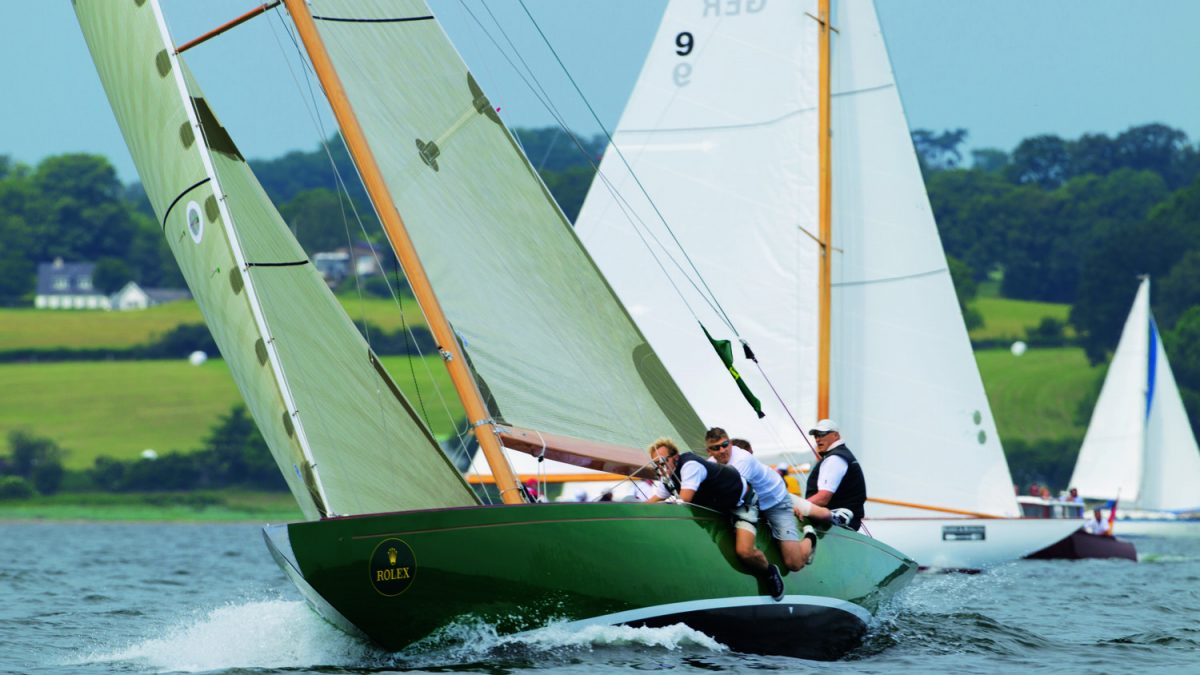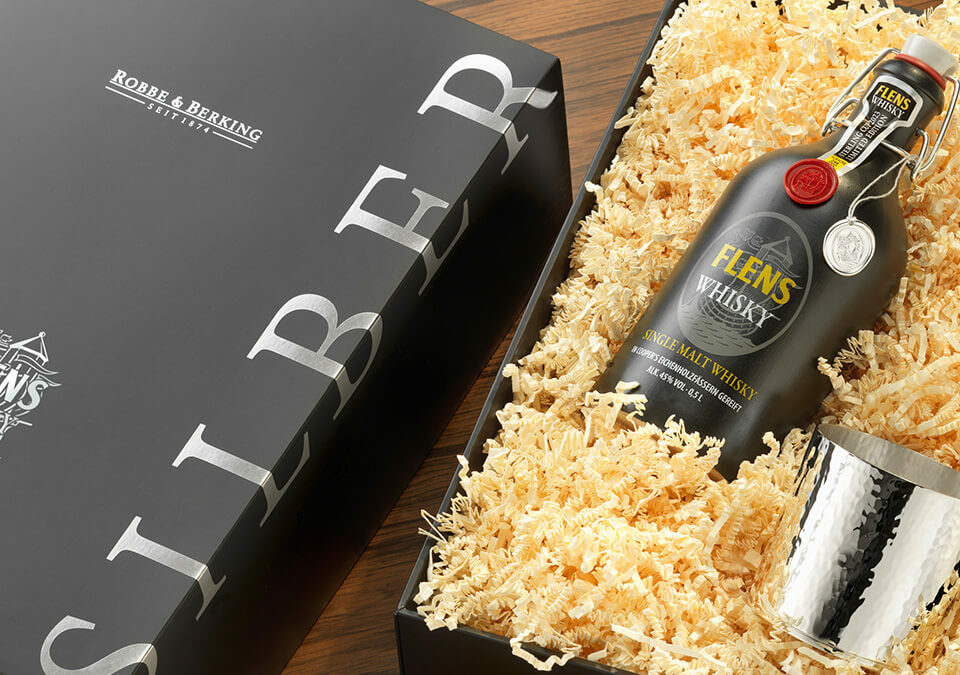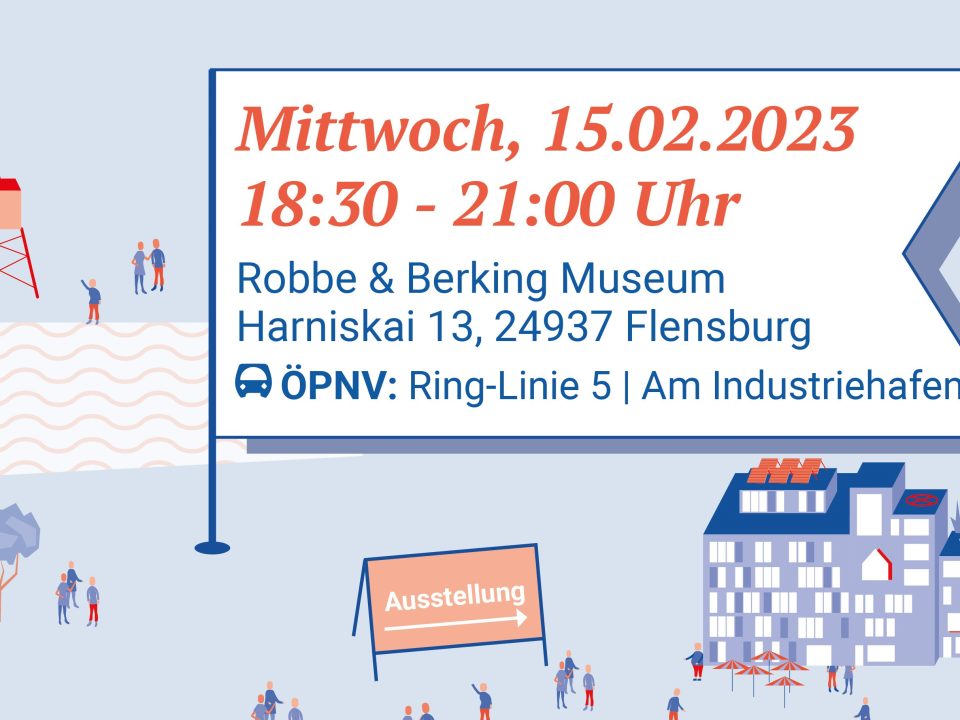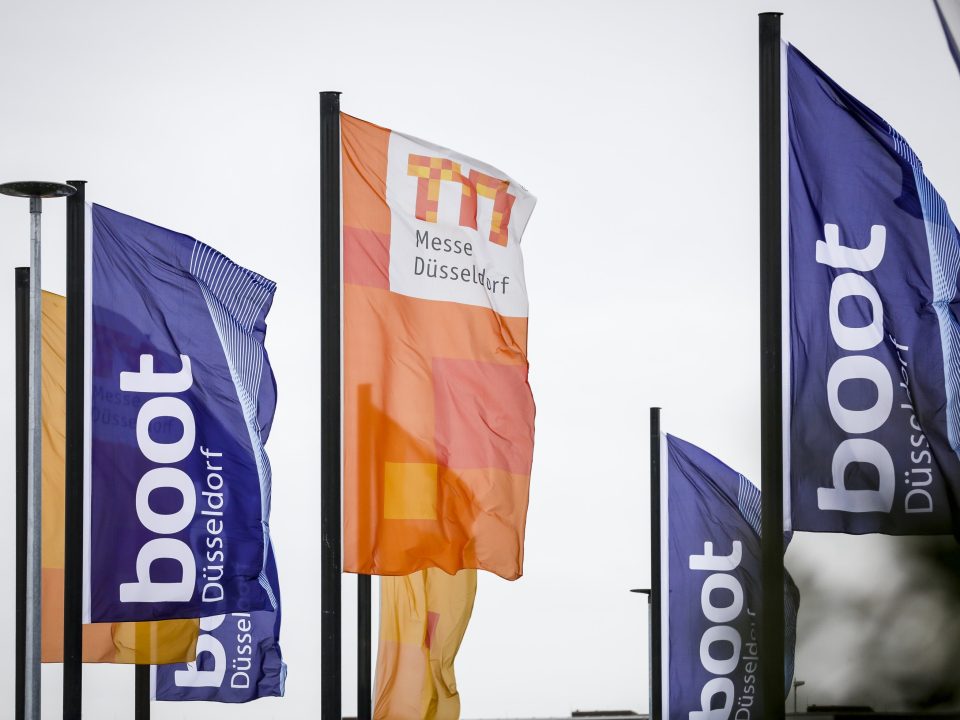
The career of Johan August Anker as a yacht designer sounds almost magical, Especially as princes and dragons play a part in his story…
Once there was a yacht designer who actually didn’t like one-design classes. Yet he designed the first official one-design keelboat class in the world, the »king’s class« or the »Bugatti of the sea«, otherwise known as the Dragon. The Norwegian designer, Johan Anker, was a fan of the elegant metre yachts, a class that are expensive to build and that allows both designer and shipyard to excel. In 1928, a year before the birth of the Dragon, he had won an Olympic sailing event in the Netherlands in the 6-metre yacht Norna with the Norwegian Crown Prince Olav as crewmember. Little did he know that his initially rather unloved child would one day become an Olympic class, too, and a »royal class« to boot, with a striking number of blue-blooded sailors participating to this day.
Originally the Dragon was supposed to be the very opposite: a low-priced boat for the young offspring of rich yachtsmen. Johan Anker (1871–1940) came from a wealthy family in Halden, Norway. He was charming, eloquent and always well connected to members of the royal family, ship owners, politicians and industrialists.
His father, who had made the family fortune in the forestry sector, was also a keen sailor and one of the founding members of the Royal Norwegian Sailing Club, KNS (Kongelig Norsk Seilforening) in 1883. In his spare time he also designed yachts as a hobby. The family’s ancestral home was on a farm in Halden, near the Swedish border, but since Johan August Anker was 14 years old, the family spent every summer at their summer home on the island Søndre Sandøy, which belongs to the Hvaler Islands in the south of the Oslo Fjord. All of the family members were fanatical sailors, and it was here that Johan developed his passion for sailing and for yachts.
He was a designer and active racing helmsman
Johan was supposed to take over the family business but he wanted to be an engineer and studied from 1891 to 1893, first in Christiania (now Oslo) and later at the Berlin Institute of Technology in Charlottenburg. His main subjects were yacht design and construction, but after once he had graduated he first started working at his father’s company. In 1898, at the age of 27, he broke a leg and had to stay at home to recover. It was during this period that he finally drew his first yacht, Brand, with a short keel and separate rudder – as was customary in those days. It was only due to the Universal Rule and the resulting International Rule according to which the metre class yachts are still built to this day, that developments in yacht design temporarily returned to yachts with long keels and keel-hung rudders.
It was with this boat that Anker achieved his first regatta successes. In 1905 he was ready to devote himself entirely to sailing and yacht construction. It was in this year that Johan became partner in the yard of Christian Jensen and plunged into the profession of designer. In the following years, the Anker & Jensen boatyard became famous on the Oslo Fjord, but his marriage was less fortunate and was held together mainly thanks to the couple’s three sons, Christian, Carsten and Erik. By 1907, with the children ten, seven and four years old, Julie and Johan Anker separated – he was in love with Nini Roll Anker, whom he married in January 1910. Nini was a writer who had previously been married to his cousin, Peter Martin Anker. Nini and Johan lived near the shipyard in the upmarket suburb of Asker on the Oslo Fjord. Nini gave his life as a wealthy and respected shipyard owner and designer a new dimension. She was politically very active as a liberal and a pacifist. She experienced her literary breakthrough in 1909, and during the First World War she temporarily moved to Paris, where she was also deputy chairperson of the Norwegian Writers’ Association.
Thanks to his family ’s wealth, Anker could build several yachts to his own design at his boatyard, and thanks to his racing success, which followed quickly, the shipyard soon became famous and successful. His own boats included Brand II, which won the Kattegat Cup in 1906 and established his name: the Kattegat Cup was a sort of »Scandinavian America’s Cup« – a challenge between Denmark, Sweden and Norway, and thus extremely important. Brand III, designed to the new International Rule of 1906, was his first 8-metre and won the Kattegat Cup in 1907. In 1908, he was helmsman of the 8-metre Fram at the Olympics in England, where he came fourth. His achieved his greatest Olympic success four years later, in 1912 in Stockholm, where he won gold for Norway in his 12-metre yacht Magda IX. Having his own 12-metre was one of the personal dreams that Anker could fulfil, first with Brand IV, which he brought to Kiel Week in 1909. He sailed so well at this event that after only four days he was well ahead in the overall rankings on corrected time – even over the mighty Meteor owned by the German Emperor, who was both impressed and probably quite upset. »You’re going like a steamship,« Wilhelm II reportedly told the Norwegian when they once briefly met ashore. And yet Anker’s biggest international success was yet to come. In 1911 he sailed his third own 12-metre, Rollo, to Cowes and put the strong British competition and the yachts of Fife and other designers to shame. The President of the Royal Yacht Squadron, above all a sportsman and a gentleman, said at the time, »Now that’s what I call sport! You have built your own boat, sailed it across the North Sea with your own crew and then won almost every single first prize available.«
Anker was justifiably considered one of the best helmsmen of his time.
Through his family connections he had always moved in the right circles, and he soon became the sailing mentor of Crown Prince Olav. Before long, the two were soon true friends, and this close connection to the royal family brought him prestige and success in business. He was also held in high esteem as a designer. They called him the »master of lines« because he felt that the aesthetics of the lines was almost more important than the speed of the yachts themselves. In another age, it is inconceivable that he would have designed rule cheaters with bumps and sharp edges – yachts that despite being ugly would perhaps be successful on the race course. It was to his advantage that the metre class formula, which he loved so much, brought forth such elegant yachts in his time. As the old saying goes, »What looks good, sails good!«
Seen in this context, the Dragon, though of undeniable elegance, was not really a typical Anker design. Originally, the Dragon was heavy and rather under-sparred because it was meant to be a safe boat for young people. The mast was about 40 inches further aft than it is today, so in a strong breeze the boat had a pronounced weather helm, and in a heavy squall it automatically headed up into the wind. The total sail area of the main and jib was 20 sq m (today the upwind area with main and genoa is 27.7 sq m with a spinnaker of 23.6 sq m), which is why in the beginning the boat was sometimes called »the 20 square metre«.
It was at a luncheon with some of the most influential captains of industry of his time when Anker made the first sketches of the Dragon on a paper napkin
Over coffee, the men, all owners of 6-, 8- or 12-metre yachts, complained that there wasn’t a small and safe keelboat that their sons could sail without them. It had to be an especially safe boat so that the mothers wouldn’t worry too much. Anker sketched a few lines on said napkin and asked if that was what they had in mind. In the same year, 1928, the GKSS (Royal Gothenburg Sailing Club) announced a design competition to find an affordable one-design keelboat, fully in the spirit of the time as the world economy was impacted by the end of the Golden 20s and anything but prosperous. Whatever the case, Anker’s design won, despite his firm conviction that one-design classes would sooner hinder the development of the design of yachts than stimulate them. Nevertheless, even the Dragon itself has evolved over the years.
Especially in the 30s, the class witnessed a rapid development because most of the boats were used for racing at the time. The building codes were written rather loosely, and in the search for better, faster yachts, the boats evolved rapidly. The size of the cabin was reduced, the berths, pots and pans went overboard, and the trim options were improved. At the end of the 30s, the Dragons had almost nothing in common with their older relatives. In 1946, other important changes were introduced and the class rules became more restrictive. The mast was placed further forward and the sail area was increased. In the same year, six years after Johan Anker’s death, Peder Lunde, one of the best Dragon sailors in Norway, travelled to London and gave the class not only international recognition by the International Sailing Federation IYRU (now ISAF), but even the status of an Olympic class. That in particular would have pleased the racer in Anker, and in the end might have reconciled him with his rather unloved but famous brainchild.
Design number 434: in 1939, Johan Anker drew his last 12-metre yacht with this design number, and it was to be his penultimate yacht. The last design was number 435 – an 8-metre yacht. The war and his death in the following year prevented these yachts from ever being built. Until now – as Robbe & Berking Classics has found all the drawings that Johan Anker made for this last of his great 12s, and this particular yacht has been commissioned to be built for a Scandinavian customer. In the spring of 2014, it is due to be launched by the Flensburg-based yacht builders.
Time and again, the metre yachts gave Anker more joy. In 1928, the birth year of the Dragon, he won a gold medal at the Olympic regatta in Amsterdam in the 6-metre Norna, which he had designed and built. Crown Prince Olav was also on board.
Ten years later , Anker designed perhaps his finest 8-metre for his friend Olav. When he drew Sira, Anker was already 67 years old. The Crown Prince and his friends George von Erpecom, Anders Jahre, Jacob Kjøde and Thomas Olsen had joined forces to order a new 8-metre for the 1938 season, as the old 8-metre Silja had been sold in 1937. She was also an Anker design and won silver at the Olympic sailing regatta in 1936 in Kiel. However, she had been beaten in the Kattegat Cup by the Swedish Yvonne, and the main hope for Sira was that she would bring the trophy back to Norway.
Anker helmed his new design himself with his sons Erik and Christian among the crew. In the preliminaries of the Kattegat Cup, she convincingly beat the newly built 8-metre Anne Sophie, designed by his rival Bjarne Aas, and in the Cup itself they won all three races against Tore Holm’s Albatross. She was clearly faster downwind, but Sira was much better upwind.
The last race before the outbreak of war on 1 September 1939 was the KNS Autumn Regatta in August, only ten days before the German invasion of Poland, with Crown Prince Olav at the helm of Sira and as crew Princess Martha and their little two year old son Harald – who would much later sail the family yacht again as king. King Harald V sailed Sira last year once more (and for the first time in many years) at the Robbe & Berking 8-Metre World Championship in Flensburg.
Johan August Anker died of an illness in 1940 – ironically the year in which German occupied Norway. It was the end of an era, and an important period for Norwegian sailing that had actually started with him as well. Shortly before his death, Anker visited King Haakon and Crown Prince Olav in a small cabin in northern Norway where they were preparing for their journey into exile in England. »It’s war,« Nini told him, »and we have to stand up and do something!« In 1949, his friend Olav, who became King of Norway in 1957, revealed a monument to Johan Anker in Hankø, the centre of Norwegian sailing.
//
Text by Detlef Jens. This article appeared in GOOSE No. 6



